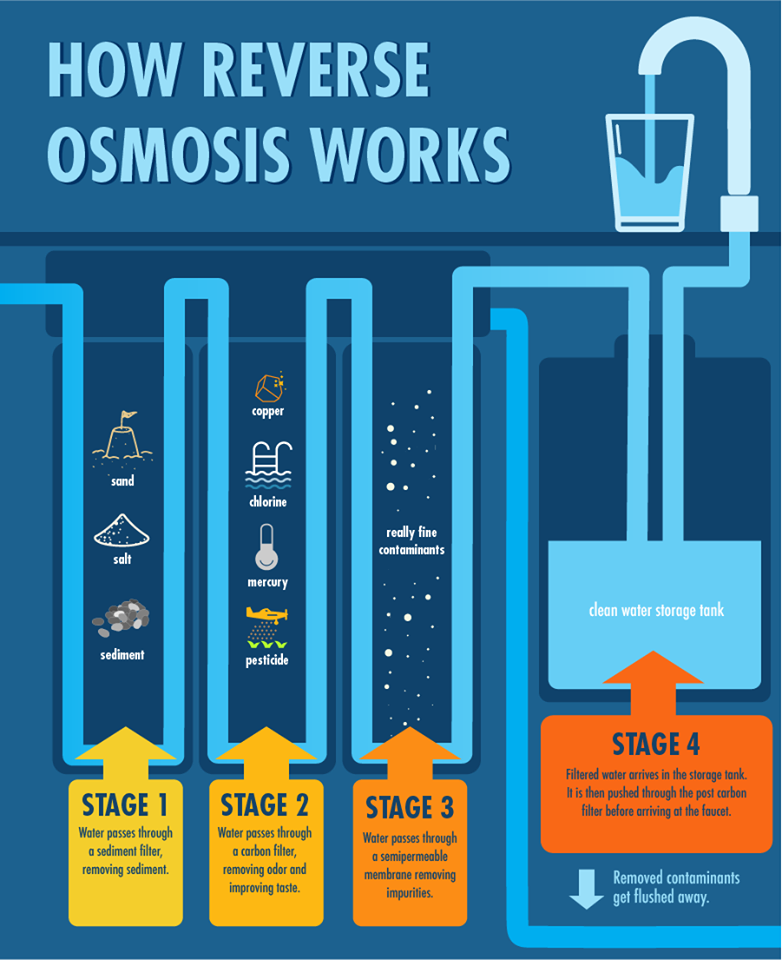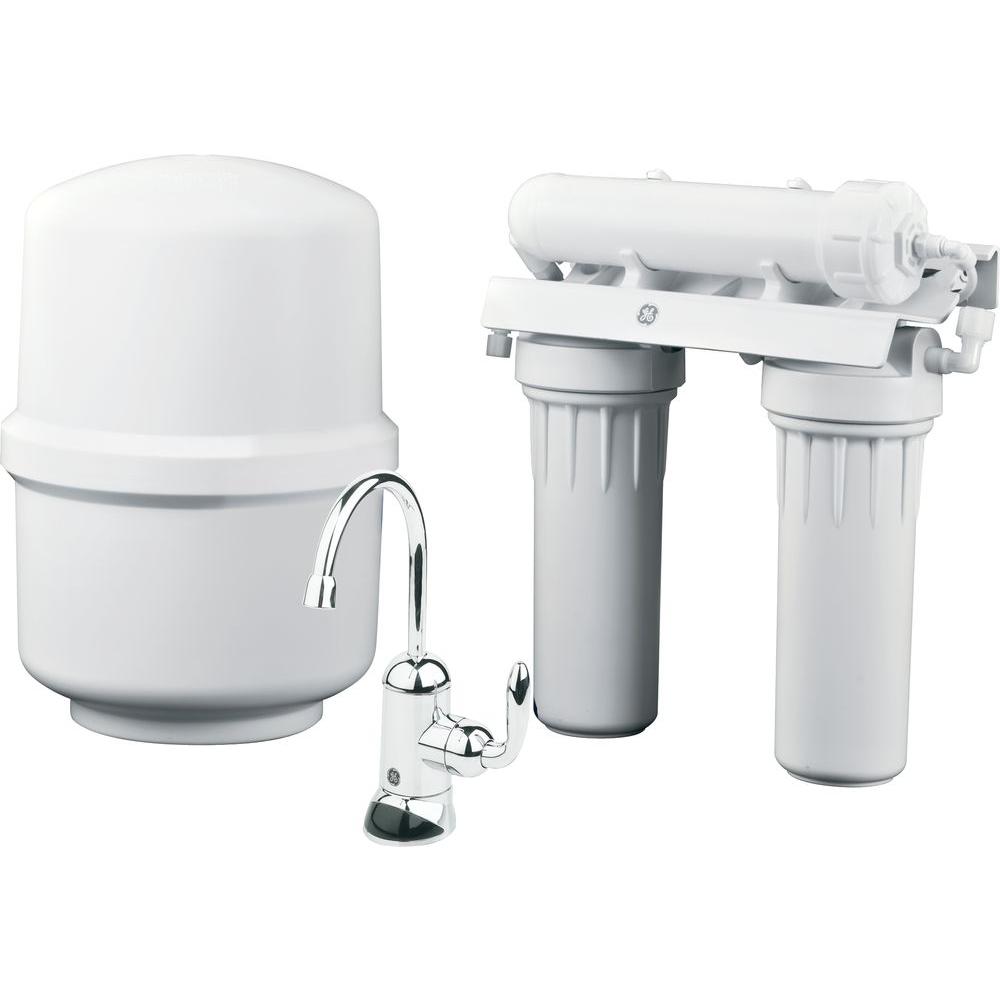
In today’s world, where water quality is increasingly compromised, ensuring access to clean and safe drinking water is paramount. One of the most effective methods to achieve this is through the use of a reverse osmosis water filter. This article delves into the intricacies of reverse osmosis technology, its benefits, and considerations for choosing the best system for your needs.
Key Takeaways

- Reverse osmosis water filters are highly effective in removing contaminants from water, providing clean and safe drinking water.
- These systems work by using a semi-permeable membrane to filter out impurities, including heavy metals, bacteria, and dissolved salts.
- When selecting a reverse osmosis system, consider factors such as water pressure, storage capacity, and maintenance requirements.
- Regular maintenance and timely replacement of filters are crucial for the optimal performance of reverse osmosis systems.
What is a Reverse Osmosis Water Filter?
A reverse osmosis water filter is a type of water purification system that uses a semi-permeable membrane to remove ions, molecules, and larger particles from drinking water. The process, known as reverse osmosis, involves applying pressure to overcome osmotic pressure, a colligative property, and is used to remove a variety of contaminants from water.
How Does Reverse Osmosis Work?
Reverse osmosis works by forcing water through a semi-permeable membrane, which allows only water molecules to pass through while blocking larger molecules and impurities. This process effectively removes contaminants such as:
- Heavy metals like lead and mercury
- Fluoride and chlorine
- Bacteria and viruses
- Dissolved salts and minerals
- Organic compounds and sediments
The result is water that is not only free from harmful substances but also tastes better and is safer for consumption.
Benefits of Using a Reverse Osmosis Water Filter
There are several advantages to using a reverse osmosis water filter, including:
Improved Water Quality
Reverse osmosis systems are renowned for their ability to remove up to 99% of impurities from water, ensuring that your drinking water is of the highest quality. This is particularly beneficial in areas where water supplies are contaminated or have high levels of dissolved solids.
Cost-Effective
While the initial investment in a reverse osmosis system can be significant, it is cost-effective in the long run. By reducing the need to purchase bottled water, these systems can lead to substantial savings over time.
Environmentally Friendly
Using a reverse osmosis water filter reduces the reliance on bottled water, thereby decreasing plastic waste and the carbon footprint associated with the production and transportation of bottled water.
Convenience
Having a reverse osmosis water filter installed in your home means you have access to clean and safe drinking water at your fingertips, eliminating the need to constantly purchase and store bottled water.
Choosing the Right Reverse Osmosis System

When selecting a reverse osmosis water filter, consider the following factors:
Water Pressure
Reverse osmosis systems require a certain level of water pressure to function effectively. Ensure that your home’s water pressure meets the requirements of the system you are considering.
Storage Capacity
Consider the storage capacity of the system, especially if you have a large household or high water consumption needs. Some systems come with larger storage tanks to accommodate higher usage.

Filter Replacement and Maintenance
Regular maintenance and timely replacement of filters are crucial for the optimal performance of reverse osmosis systems. Check the manufacturer’s recommendations for filter replacement intervals and ensure that replacement filters are readily available.
Installation and Space Requirements
Evaluate the space available in your home for the installation of a reverse osmosis system. Some systems are compact and can fit under the sink, while others may require more space.
Maintaining Your Reverse Osmosis Water Filter
Proper maintenance of your reverse osmosis water filter is essential to ensure its longevity and efficiency. Here are some maintenance tips:
Regular Filter Replacement
Replace pre-filters, post-filters, and the membrane according to the manufacturer’s guidelines to maintain the system’s effectiveness in removing contaminants.
Sanitize the System
Periodically sanitize the entire system to prevent bacterial growth and ensure the purity of the water.
Monitor Water Quality
Regularly test the water quality to ensure the system is functioning correctly and efficiently removing contaminants.
A reverse osmosis water filter is a reliable and effective solution for ensuring access to clean and safe drinking water. By understanding the benefits, selecting the right system, and maintaining it properly, you can enjoy high-quality water in your home. With the increasing concerns about water quality, investing in a reverse osmosis system is a wise decision for both your health and the environment.
